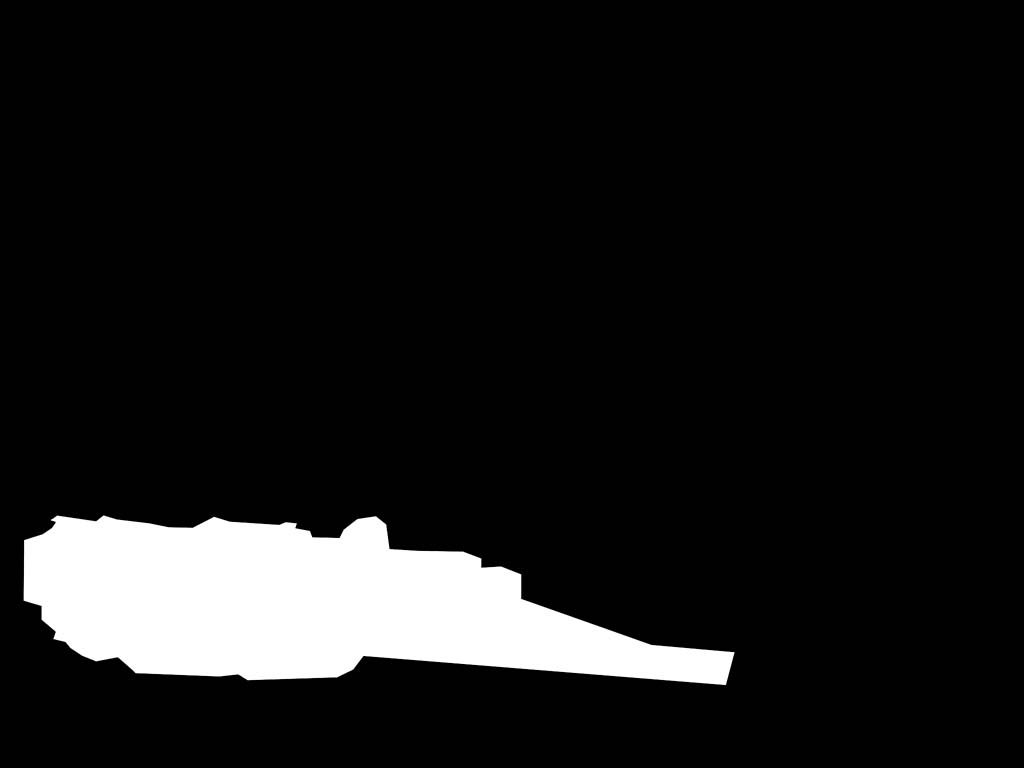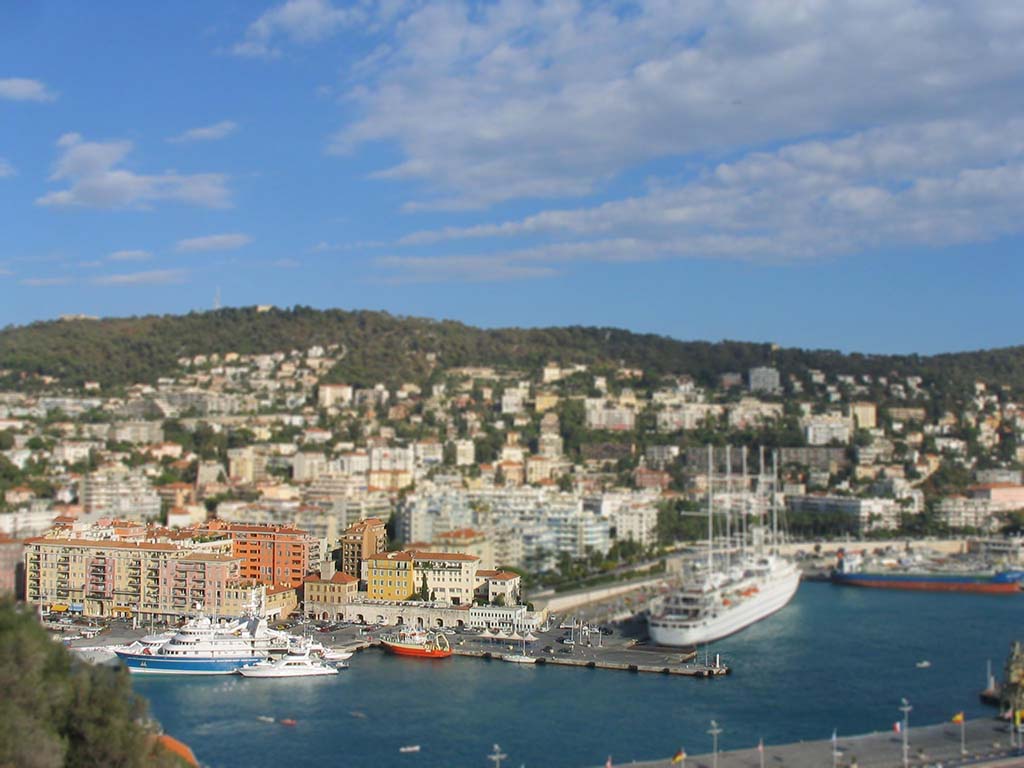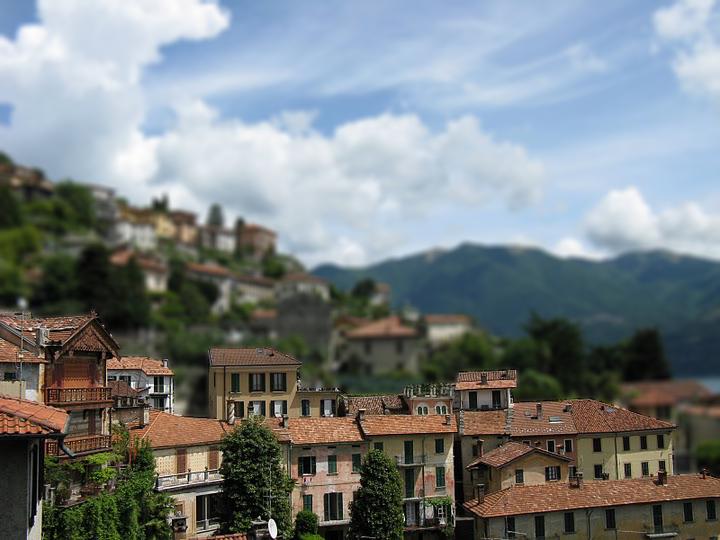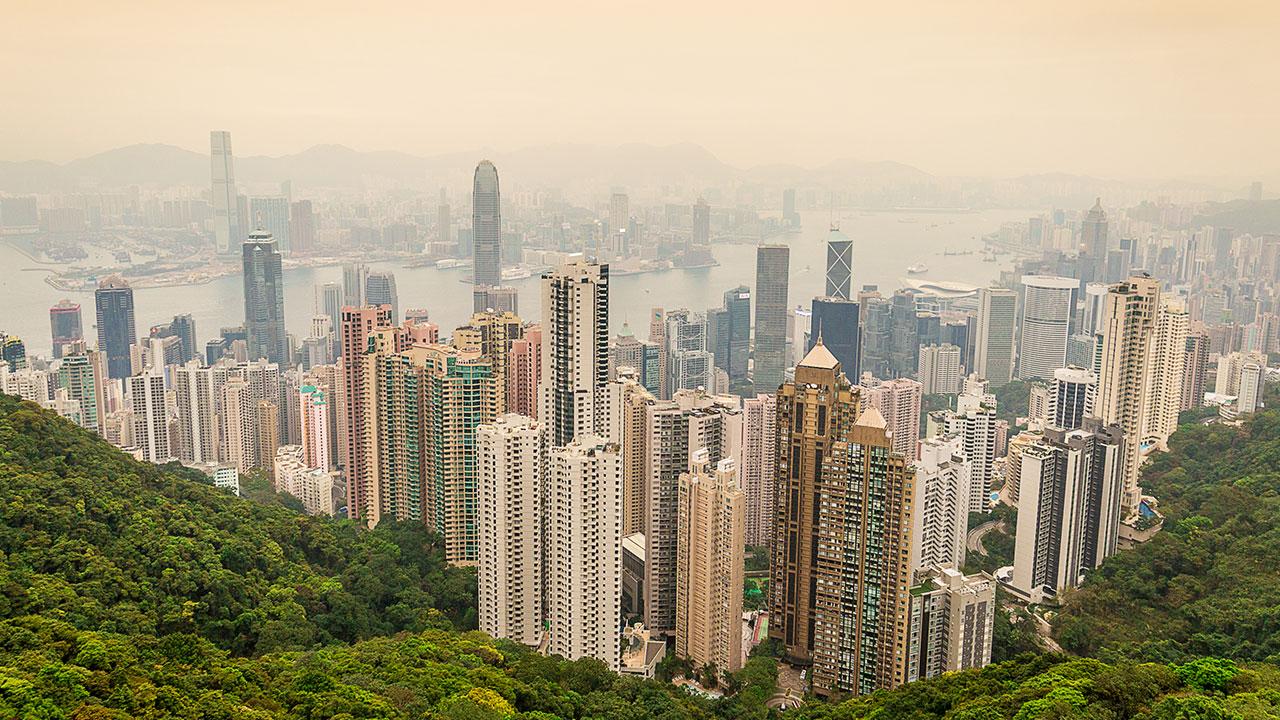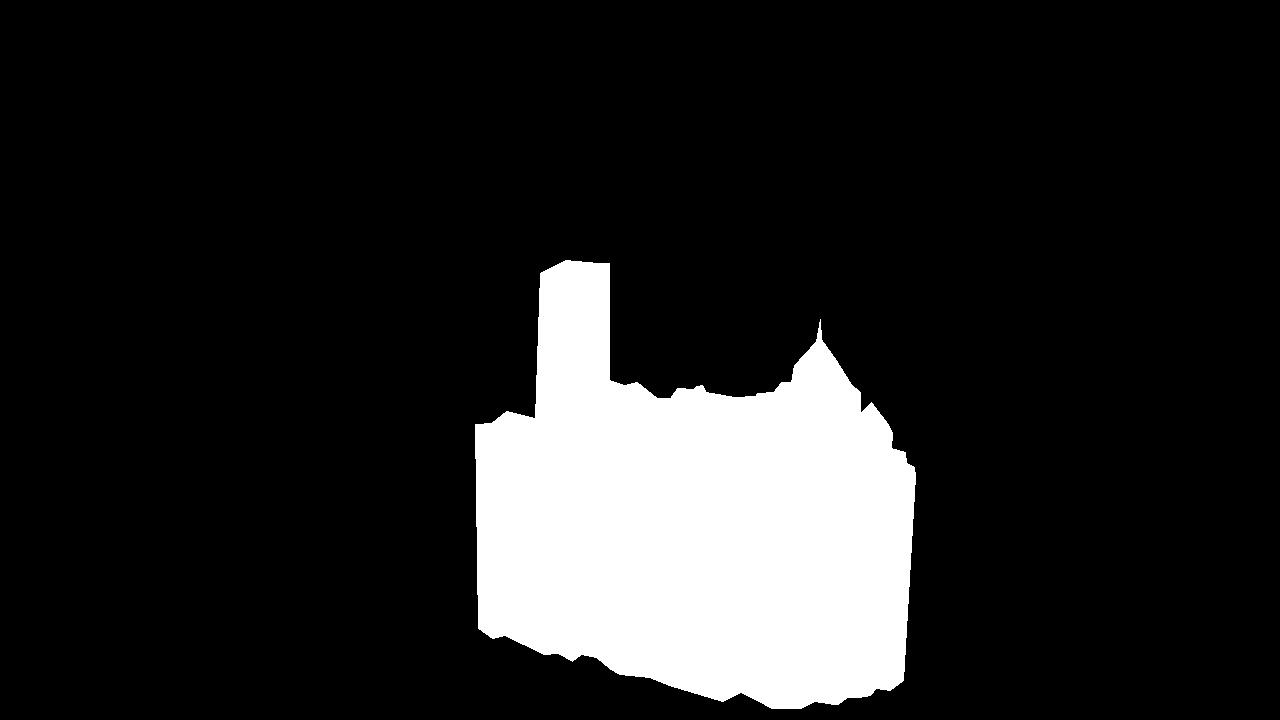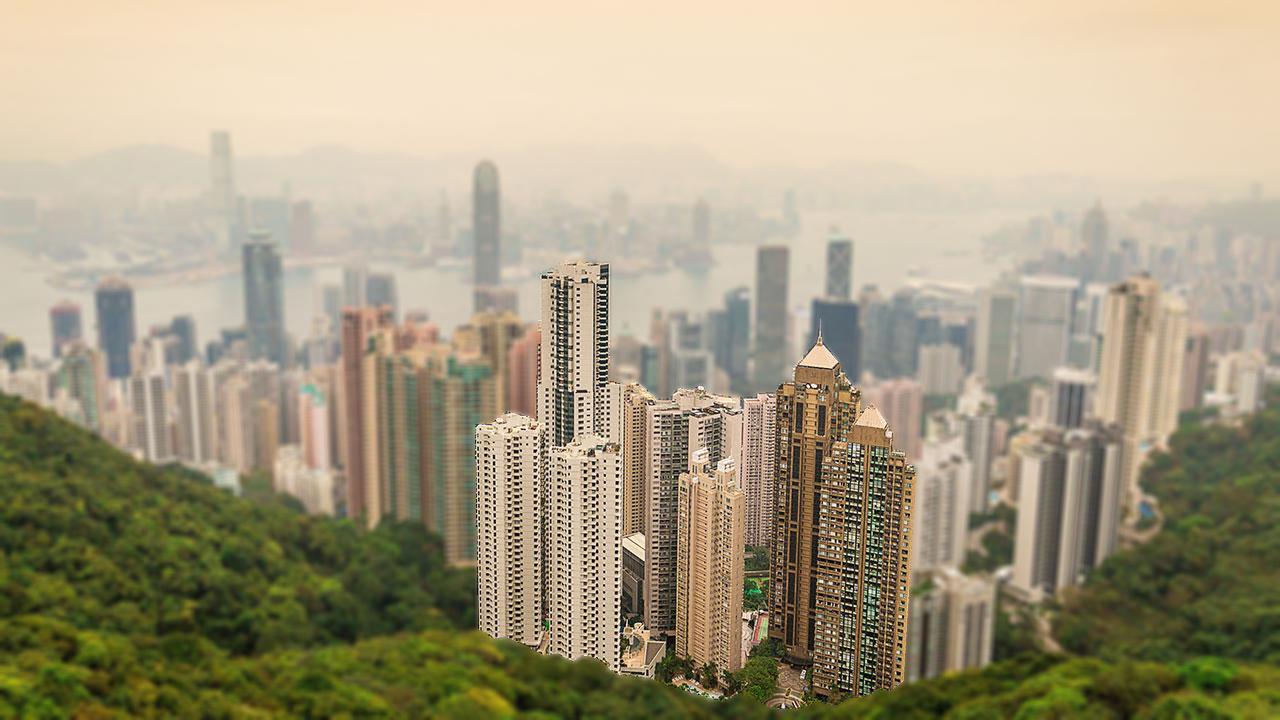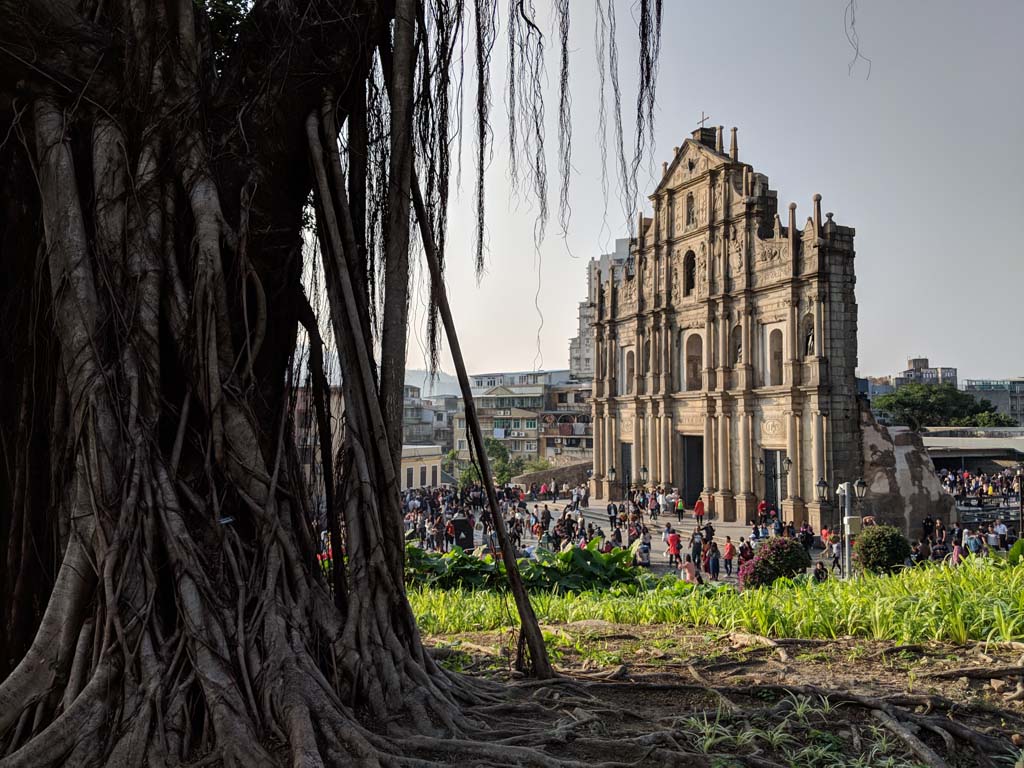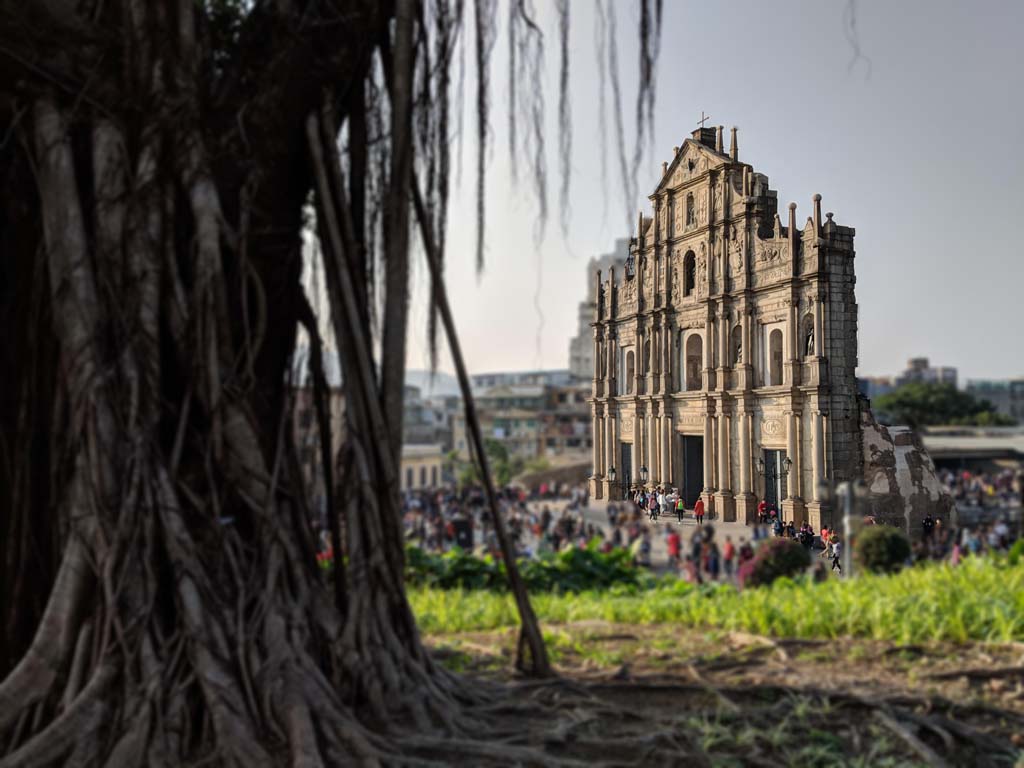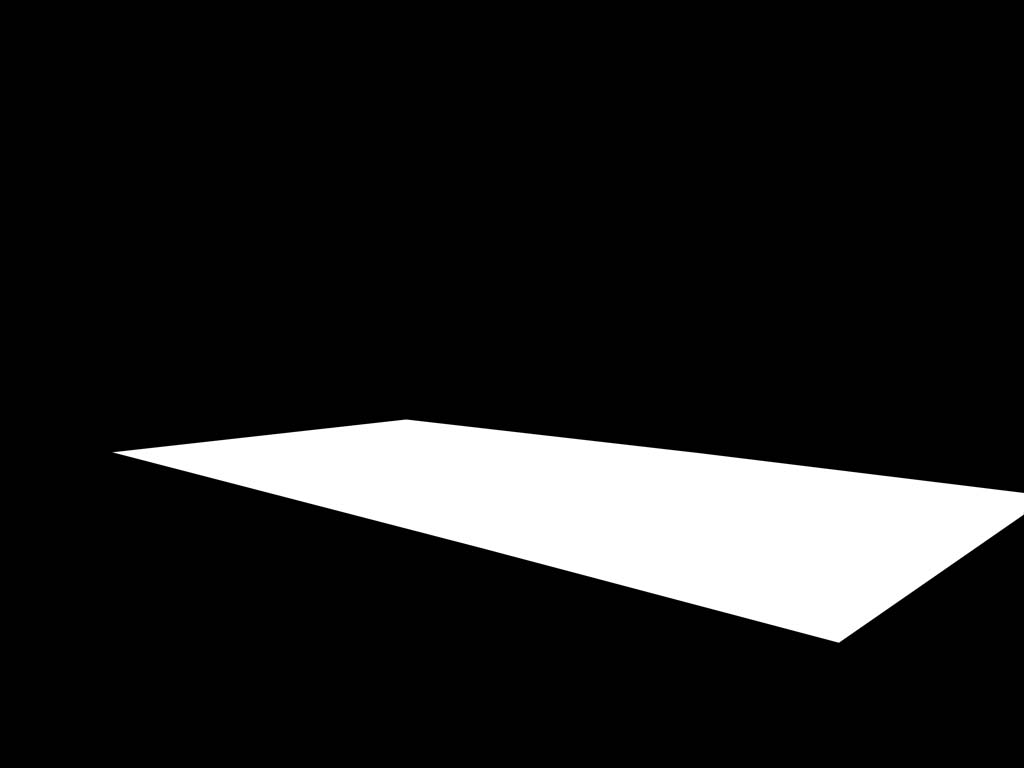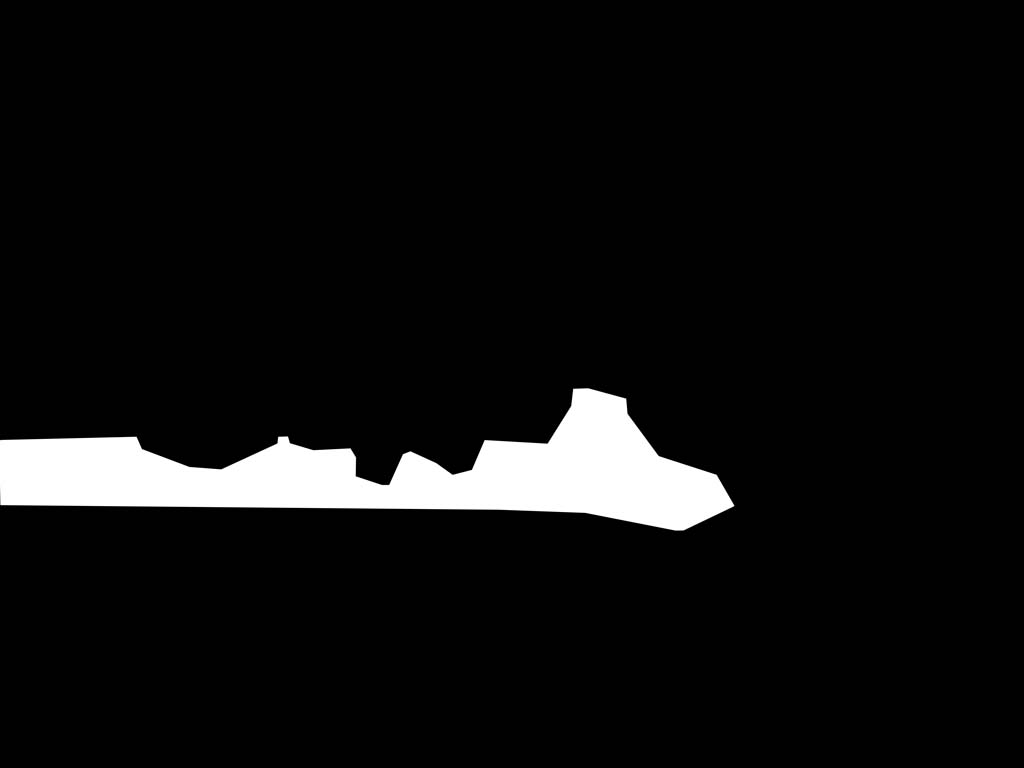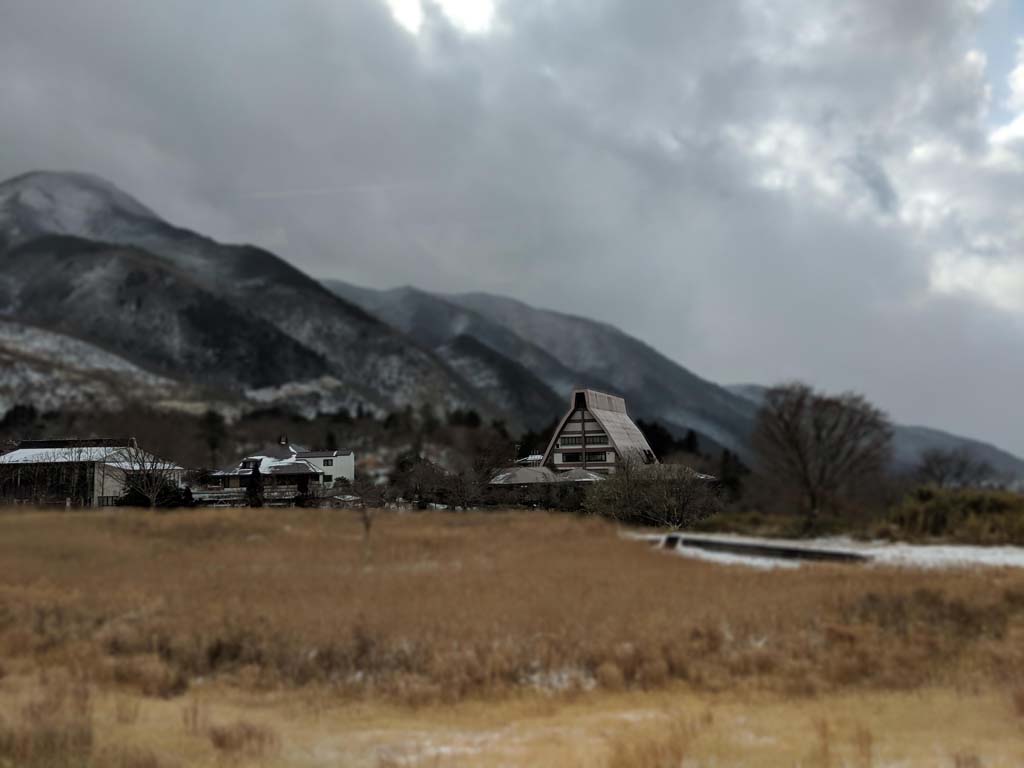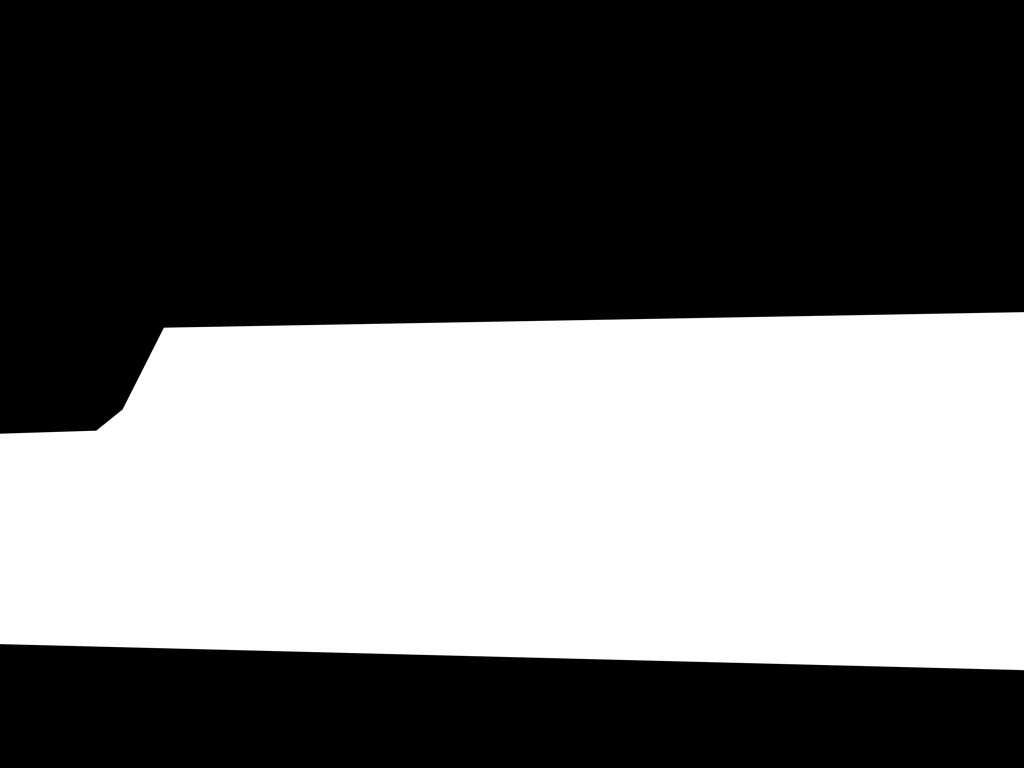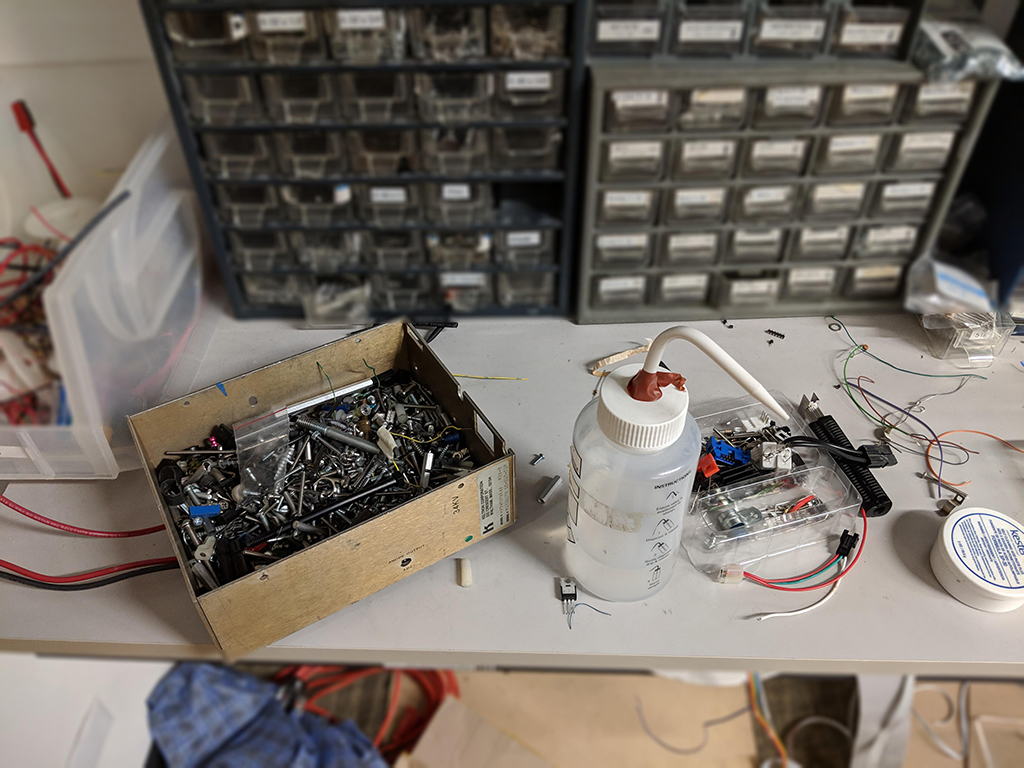Part 1: Vertigo Shot
Overview
A sequence of pictures of the same object are taken with different focal lengths from different distance from it. We can observe the "Vertigo Shot" effect caused by the changing field of view (FOV) of subsequent pictures.
The fan heater sequence is taken in my room with my camera placed on the ground. It is pretty easy to capture this sequence of pictures, since I just have to move my camera backward and forward and zooming.
For the table sequence, without a tripod, it is not as easy to take a sequence of pictures which looks natural. The pictures shown below come from my fourth trial. I held the camera and backed off from the table as I zoomed into the pictures. The major challenge was to keep the MacBook screen size consistent and centered as I moved with my camera.
Camera: Sony NEX-3N
Lens: Sony SELP1650 16-50mm f/3.5-5.6 OSS Lens
Fan Heater
The fan heater that supports my motivation during the RRR and finals week.
f = 16mm |
f = 18mm |
f = 22mm |
|---|---|---|

|

|

|
f = 28mm |
f = 35mm |
f = 50mm |
|---|---|---|

|

|

|
gif |
|---|
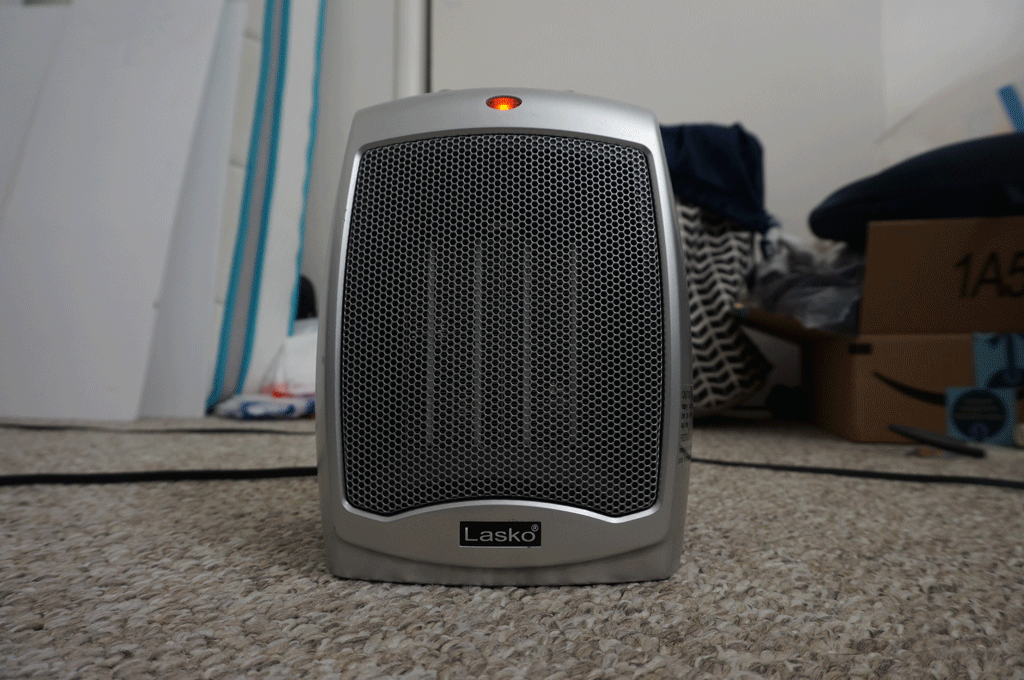
|
Table with CS194-26
Messy table with the homepage of one of my favorite classes at Cal
f = 50mm |
f = 44mm |
f = 37mm |
|---|---|---|

|

|

|
f = 32mm |
f = 26mm |
f = 22mm |
|---|---|---|

|

|

|
f = 16mm |
gif |
|---|---|

|

|




